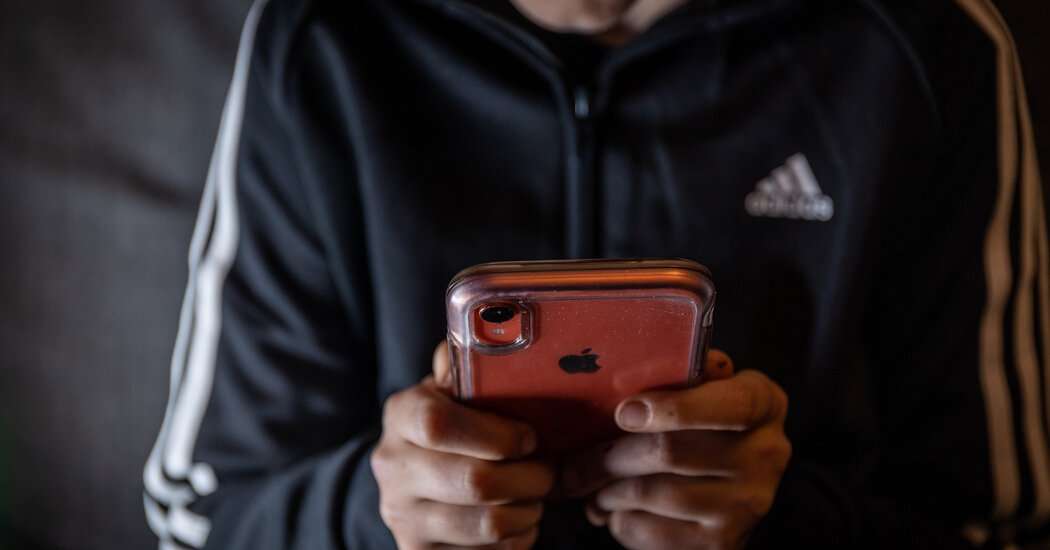Parents with screenagers beware: The US government has issued a public warning that scrolling through apps like TikTok, Instagram and Snapchat can pose serious risks to your child’s mental health.
In a 19-page report, Surgeon General Vivek H. Murthy said Tuesday that while social media offers some benefits to younger people, including the opportunity to connect with communities, it also exposes them to potential harms, such as cyberbullying and content that promotes eating disorders, self-harm and other destructive behaviors. Social media also harms exercise, sleep and other activities, he said.
What can parents do? One is exploring possible options for limiting children’s screen time. Let’s go through them.
What tools are available and where do we get them?
The mobile operating systems from Google and Apple offer free tools that can be effective for limiting screen time on smartphones and tablets. These tools allow parents to monitor their children’s devices and set limits.
For Android devices, there is Family Link, an app that must be downloaded from the Google Play Store. From there, parents can set up a child’s Google account to be monitored with the software. For parents who use iPhones and want to manage their kids’ Android phones, there’s also a Family Link app for iOS.
For iPhones, Apple’s iOS includes a tool called Screen Time, which can also limit the time someone spends on the device. It can be activated in the iPhone’s Settings app by following Apple’s instructions.
Are these tools good?
Both have advantages and disadvantages.
Google’s Family Link has useful features, including the ability to reject apps a child tries to download and the ability to lock a device at certain times, such as between 9 p.m. and 7 a.m. if the child is in bed.
But Family Link has one major limitation: When kids turn 13, they can choose to “graduate,” as Google calls it, or lift the restrictions. At that age, the child reaches the minimum age required in the United States to create a Google account without parental consent.
A workaround for parents who want to continue using the restrictions is to go to the child’s Google account and change the age to under 13.
We also tested Apple’s Screen Time feature during a week-long experiment when the tool was introduced. This feature allows parents to set time limits for specific apps or categories of apps, such as social networks or games, on their children’s iPhones. When the child runs out of time with an app, the child is left out. The parent can then have a conversation with the child and decide if they want to allow extra time on an app.
The downside is that parents who also use the tools to monitor their own phone usage can easily bypass the restrictions with their passcode – and they may realize they’re even more addicted to their screens than their kids.
Are there other options?
Yes.
There are also third-party Android and iOS apps that parents can use to manage screen time, though they should be used with caution. Some unknown brand apps marketed as parental control apps have been used by stalkers to track the users’ locations and even eavesdrop on them through their microphones – a type of malicious software that security researchers call “stalkerware.”
Parents have plenty of resources to find reputable tools that can work on PCs as well as phones and tablets. Common Sense Media, a non-profit organization that reviews products for families, found that Qustodio and NetNanny gave parents complete control over their children’s devices.
Do social media companies offer features to limit the use of their apps?
Social media companies also offer some features to remind people to stop scrolling. For example, Instagram has a “Take a Break” reminder that can be enabled, and TikTok introduced its own tool this year to limit time spent on the app.
But the effectiveness of these features has been questioned. Many people, including teenagers, have found that these tools can be easily overridden.

